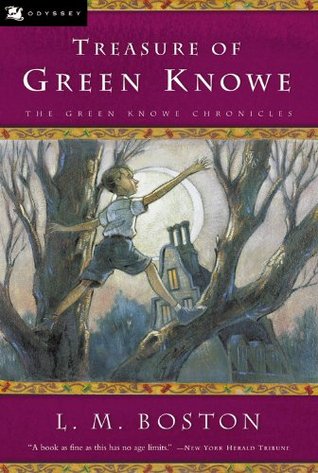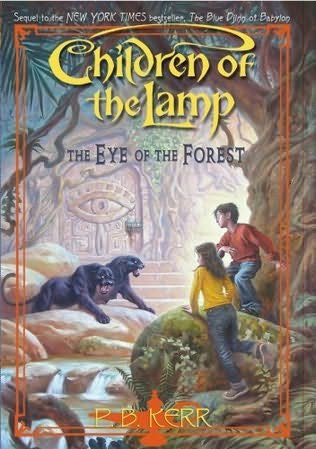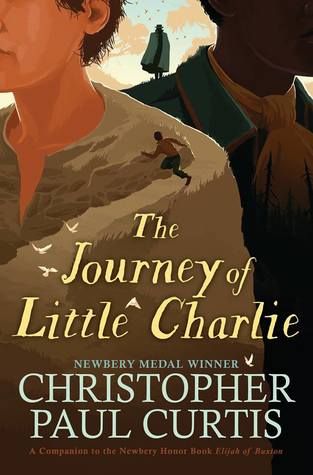[button color=”black” size=”big” link=”http://affiliates.abebooks.com/c/99844/77798/2029?u=http%3A%2F%2Fwww.abebooks.com%2Fservlet%2FSearchResults%3Fisbn%3D9780152899820″ target=”blank” ]Purchase here[/button]
Treasure of Green Knowe
by L.M. Boston
In this second book in Lucy Maria Boston’s Green Knowe Chronicles, little Tolly returns to his great grandmother’s manor house for another school holiday. Once again he gets to explore the nooks and crannies of a fascinating old house, and play in its equally fascinating grounds. But most excitingly, he gets to solve another historic mystery, interacting with children who lived in another time.
Are they ghosts from the past? Is Tolly their ghost from the future? Or is it all make-believe? Whether you find the answers to these questions is not as important as the lush beauty, drama, and mystery that unfolds, mainly in the form of a series of stories Granny Oldknow tells before the parlor fire.
What makes this story different from Children of Green Knowe is the fact that the painting with Toby, Alexander, and Linnet has been removed from the wall and entered in a show. It may have to be sold to pay for repairs to the old house. Worse yet, Tolly’s three ghostly playmates have gone with their painting. To ensure that they come back, he really does need to find out what happened to the jewels that were lost the day a newer wing of the house burned down.
In that quest, Tolly is joined by two children from still another time: the late 18th century. Tolly learns about different ways of sensing things from a blind girl named Susan and a freed slave named Jacob. And you get to read passages like this:
“There are a lot of things Susan couldn’t see,” he said.
“She could smell, you know.”
Tolly took a great breath of the spring night.
“Do you think she could smell stars?”
“I nearly can myself tonight. She could certainly smell the kind of thing that stars belong to and happen in. Sometimes you make things smaller by giving them a name to themselves, like ‘star.’ Imagine Susan taking a breath of it and just thinking all that.”
As novels go, I’ll admit, it is more of a collection of bedtime stories framed by a leisurely, nature-filled school-holiday idyll. But the stories are compelling, the characters are unforgettable, and the idyll is simply magnificent. Or you might look at it as one story that takes place in two layers, two points in time that somehow meet as one. I have seen other stories (like The Indian in the Cupboard series, and D. W. Jones’ Time City) take a similar, fantasy view of time. But in this instance, the fantasy element is so understated that you accept it as something quite ordinary– indeed, comfortingly familiar, like the grounds of Green Knowe itself.
One way or the other, this is the kind of book that should be standard reading for anyone learning the craft of writing. It is that beautiful.



